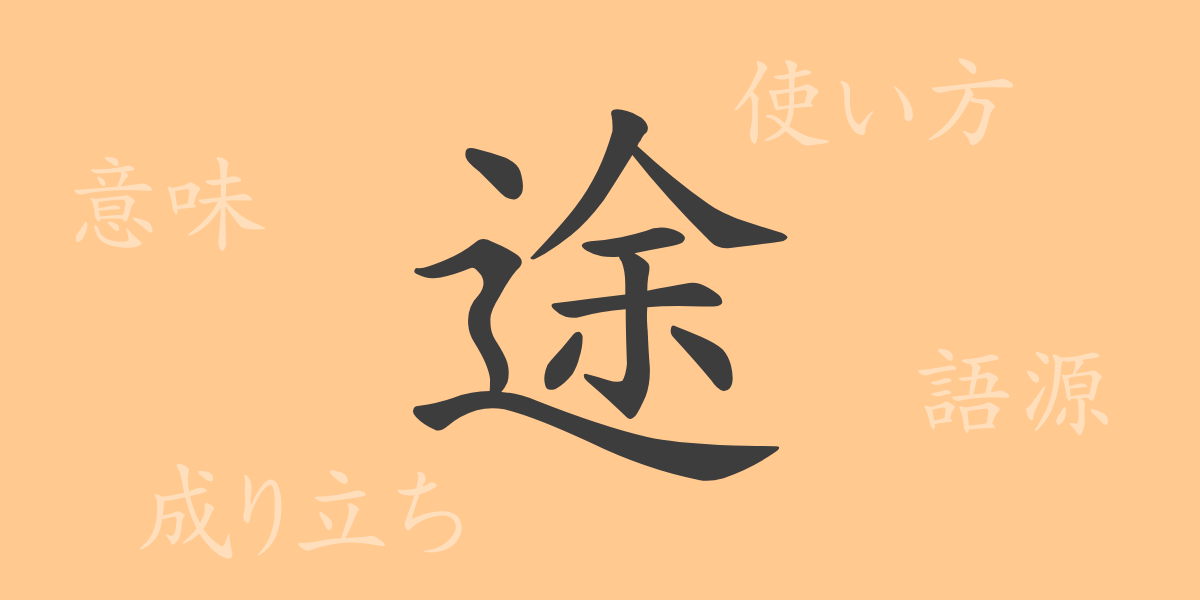Japanese characters, each rich in meaning and history, significantly shape the language’s depth. Among the commonly used kanji, ‘途(ト)’ plays a vital role in reflecting aspects closely related to our lives. This article delves into the origins, meanings, applications, and common phrases involving ‘途’, enriching our understanding of this profound character.
Origins of ‘途(ト)’
The kanji ‘途’ originated from ancient China, depicted initially as a path with footsteps, symbolizing the journey of people or vehicles. It has historically denoted the idea of a ‘pathway’ or ‘progression route’, embodying the journey of civilization through various epochs.
Meaning and Usage of ‘途(ト)’
‘途’ encompasses meanings like ‘pathway’, ‘means’, and ‘midway’. It is employed to describe the process of progression or as a means to an end. It also appears in expressions such as ‘途絶える(とだえる)’ to depict interruptions. In Japanese, ‘途’ facilitates numerous expressions, showcasing its versatility depending on the context.
Readings, Stroke Count, and Radical of ‘途(ト)’
Key details of the kanji ‘途’ are as follows:
- Readings: On’yomi ‘ト’, Kun’yomi ‘みち’
- Stroke count: 10
- Radical: ‘辵(しんにょう)’, indicating movement or paths.
Phrases, Idioms, and Proverbs Using ‘途(ト)’
‘途’ is found in a variety of idioms and phrases that richly reflect its meanings:
- 無我夢中 – Being so engrossed in what one is doing that they forget themselves.
- 一途に – Devoting oneself earnestly to a single cause or activity.
- 道半ば – Being midway through a task.
- 途方に暮れる – Being at a loss what to do next.
- 途上国 – Countries that are still developing.
These expressions not only showcase the richness of the Japanese language but also the profound implications when ‘途’ is involved, providing deeper, more vivid imagery.
Conclusion on ‘途(ト)’
The kanji ‘途’ symbolizes the journey and the process of progression, playing a crucial role in diverse expressions within the Japanese language. Its applications are broad, illustrating various aspects of Japanese life and psyche. The phrases and idioms that include ‘途’ communicate the depth of Japanese linguistic expression. Through this exploration, it is hoped that readers have gained a greater appreciation of the multifaceted allure of ‘途’.

























